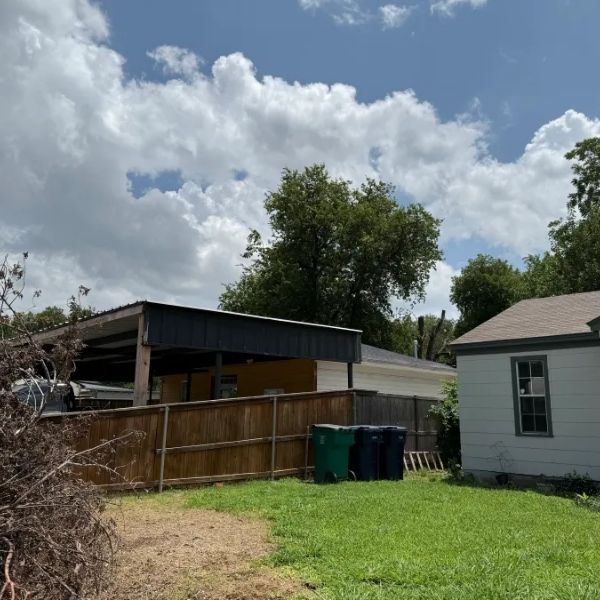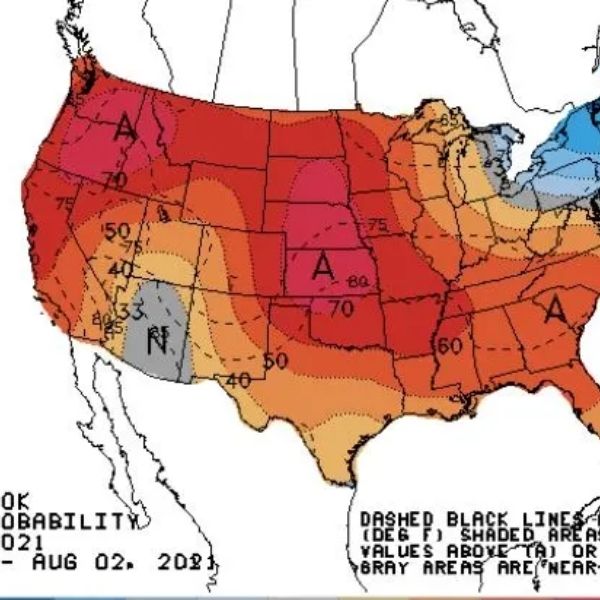When Purdue Pharma launched OxyContin in the late 1990s, it was marketed primarily for cancer and chronic pain relief. However, aggressive marketing and the downplaying of its addictive risks—as later revealed in confidential Justice Department reports—helped spark a nationwide opioid epidemic.
Between 1999 and 2021, more than 645,000 people in the U.S. died from opioid-related overdoses, according to the CDC. In 2022 alone, nearly 80,000 people lost their lives to opioids.
As awareness of the opioid crisis has grown, prescriptions have dropped significantly. In 2020, the U.S. recorded its lowest-ever opioid dispensing rate at 43.3 prescriptions per 100 people. In Colorado, the rate was even lower at 37.5 per 100 people.
A 2022 study funded by the National Institute on Drug Abuse found that counties with higher opioid prescription rates tend to report more cases of misuse and dependence. Reducing these prescriptions can help curb local opioid abuse—but that reduction may also have driven a rise in synthetic opioids, like fentanyl, which accounted for 82% of all opioid deaths in 2020.
At the same time, the use of medications like Suboxone—which includes buprenorphine and naloxone—has increased. Though still classified as an opioid, Suboxone is used in treating opioid use disorders and works by blocking the effects of more dangerous drugs.
Using data from the CDC, Ophelia identified the Colorado counties with the highest opioid dispensing rates. In cases of identical rates, counties with larger populations and higher prescription totals ranked higher. Data was available for 98% of U.S. counties.
💡 Note: Suboxone prescriptions are not included in opioid dispensing data since it’s used for treatment, not pain management.
















Leave a Reply